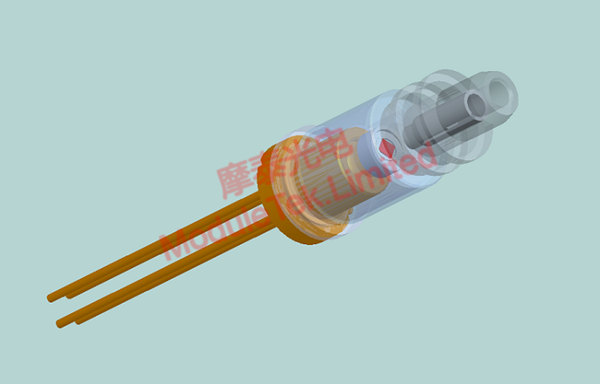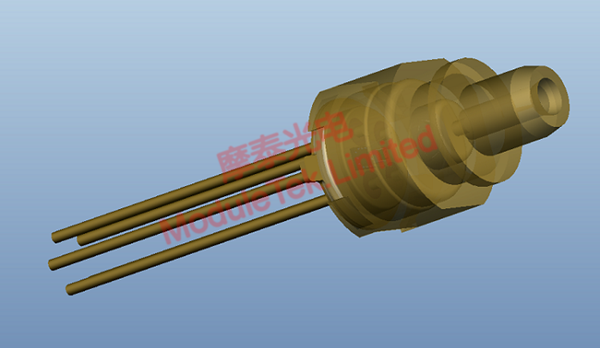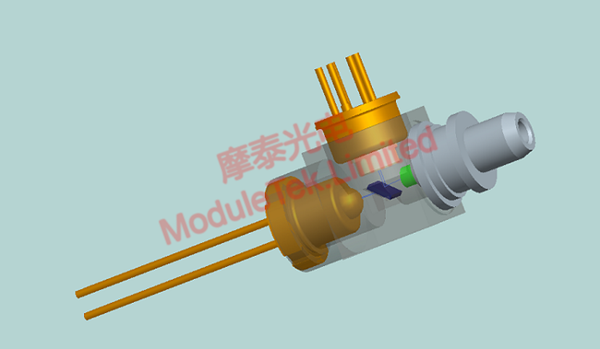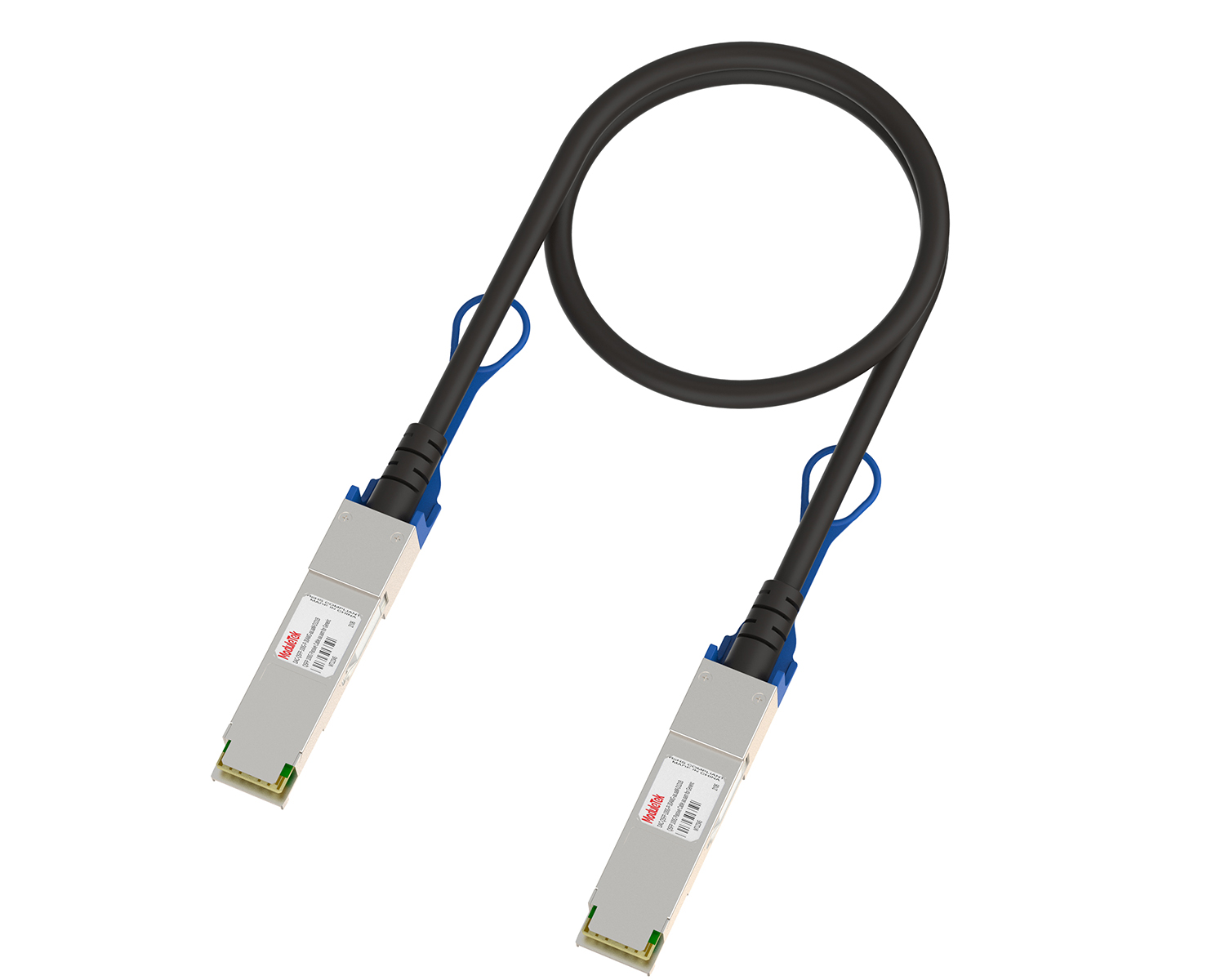Introduction to TOSA,ROSA and BOSA
Time: 2023-10-09
• Types of common optical components in optical modules
The key part of an optical module that realizes photoelectric conversion is called an optical component, also collectively referred to as OSA, which usually contains three main categories: TOSA, ROSA, and BOSA.
• TOSA
TOSA: Transmitting Optical Sub-Assembly, used in dual-fiber bi-directional or single-emission optical modules, converts electrical signals into optical signals, and then couples the light in the optical path to the optical fiber through optical parts.
TOSA according to different laser chip program, usually divided into VCSEL TOSA, FP TOSA, DFB TOSA types; according to different modulation can be divided into DML TOSA (direct modulation) and EML TOSA (electro-absorptive modulation); according to different operating temperature stability requirements, can be divided into TOSA with cooling and without cooling TOSA. TOSA with cooling and TOSA without cooling.

Figure 1 Schematic diagram of TOSA
• ROSA
ROSA: Receiving Optical Sub-Assembly, used in dual-fiber bi-directional or single-receiving optical modules, through the optical parts of the optical fiber in the optical signal into the internal photosensitive components, so that it generates electrical signals, the formation of optical signals to electrical signal conversion.
ROSA can be divided into PIN ROSA and APD ROSA according to the type of photoelectric conversion of the internal photosensitive chip, the latter has a relatively higher photoelectric conversion efficiency, and can achieve better sensitivity performance at the same transmission rate.

Figure 2 Schematic diagram of ROSA
• BOSA
BOSA: Bi-Directional Optical Sub-Assembly, Bi-Directional Optical Sub-Assembly (BOSA) is used in single-fiber bi-directional optical modules, where the transmitter and receiver correspond to different wavelengths of optical signals, and the transmitter and receiver signals are transmitted in the same optical fiber, which can effectively save optical fiber resources.
BOSA is a combination of the functions of TOSA and ROSA, and the device types of transmitter and receiver can be selected according to the actual transmission requirements;

Figure 3 Schematic diagram of BOSA
In addition to the above conventional BOSA, there are also a number of special applications based on the market for single-fiber triplexer (a hair and two collector into the Triplexer) and single-fiber four-way package such as optical components.
Moduletek Limited is at your service !
If you have any questions about the above content, you can contact us by Email : web@moduletek.com

 40G/100G Optical Transceivers
40G/100G Optical Transceivers 10G/25G Optical Transceivers
10G/25G Optical Transceivers 155M/622M/2.5G Optical Transceivers
155M/622M/2.5G Optical Transceivers 100M/1G Optical Transceivers
100M/1G Optical Transceivers FC 16G/32G Optical Transceivers
FC 16G/32G Optical Transceivers CWDM/DWDM Optical Transceivers
CWDM/DWDM Optical Transceivers 100M/1G/10G Coppers
100M/1G/10G Coppers Active Cable AOC
Active Cable AOC Direct Attach Cable DAC
Direct Attach Cable DAC Regular/MTP-MPO Fiber Patch Cords
Regular/MTP-MPO Fiber Patch Cords MT2011
MT2011 MT2010
MT2010 CodingBox
CodingBox






